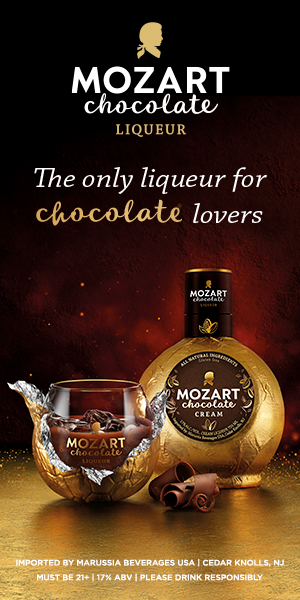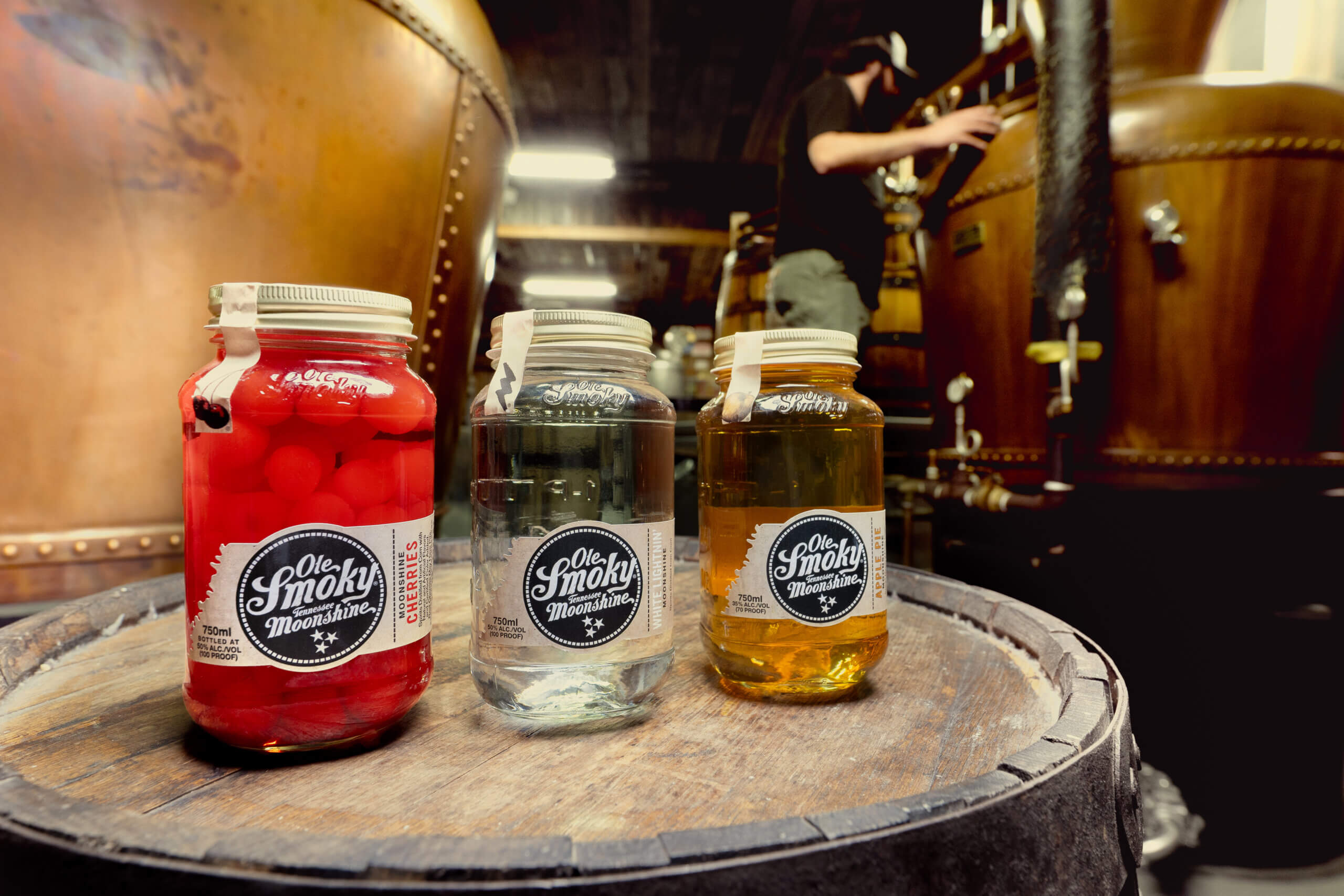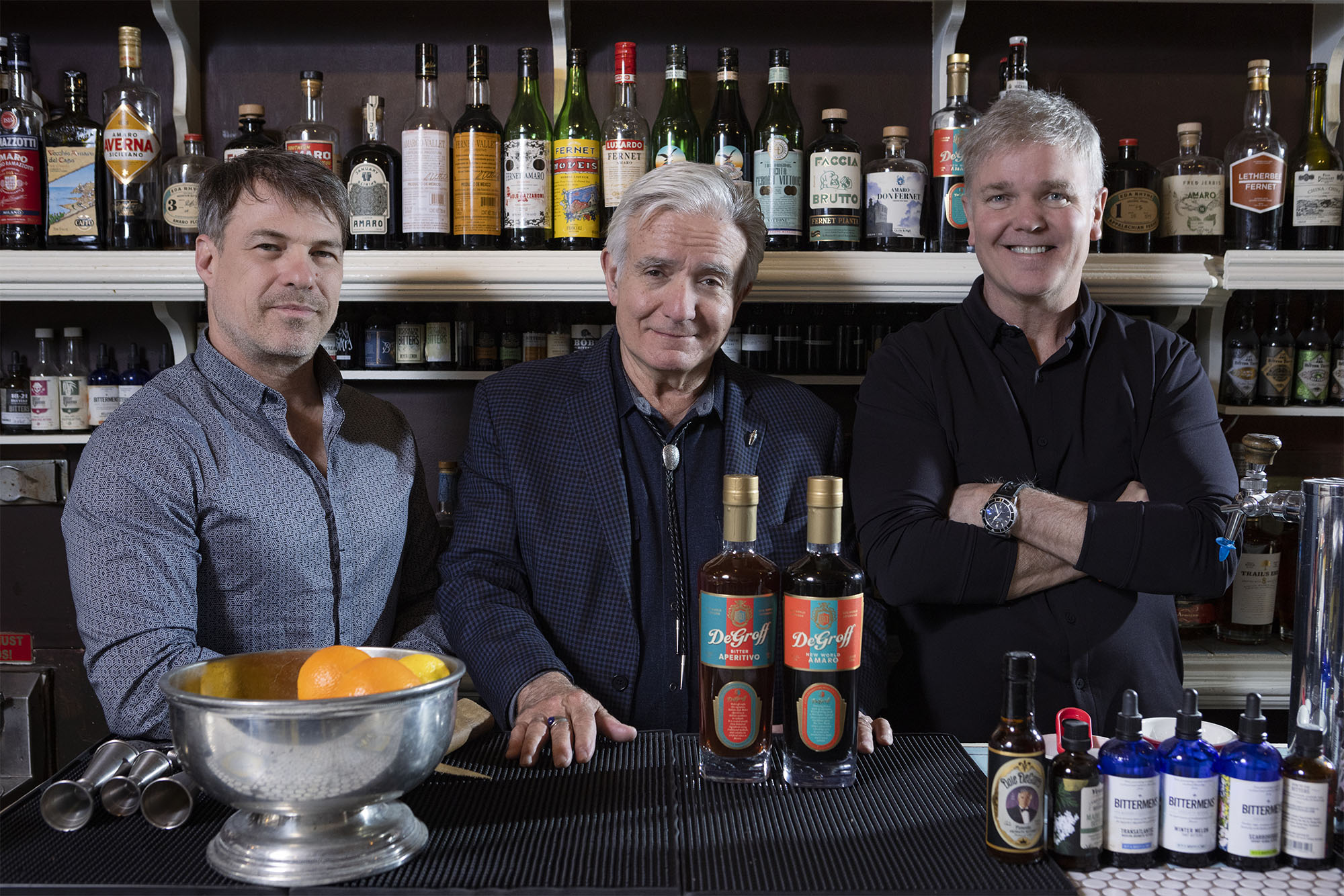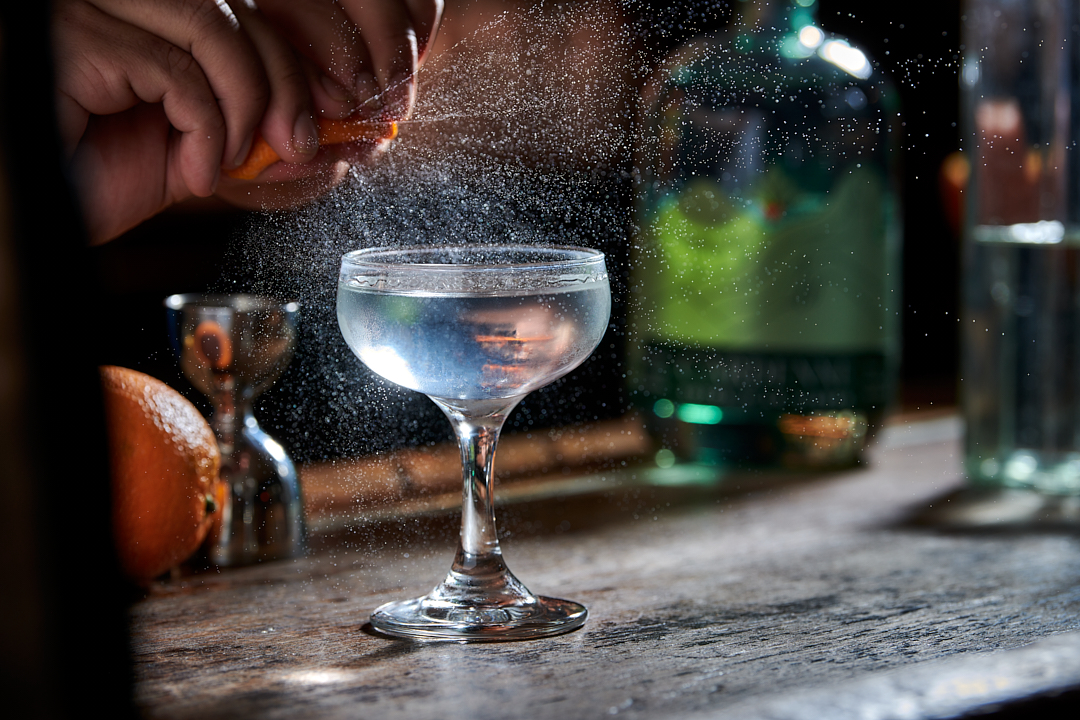4 Whisk(e)y Books to Get Now
By Chilled Magazine
Every spirits category has a boom period and whisk(e)y is no different. Over the last several years, it has exhibited a resurgence in popularity that has left some consumers literally scrambling for their favorite bottles.
Whisk(e)y has become a talking point not only for consumers, but also bartenders, liquor store retailers, brand owners, distributors, and industry entities like DISCUS (the Distilled Spirits Council of the United States – www.discus.org.) With popularity comes the need for more information and the newest spate of whisk(e)y books give readers something they can really sink their teeth into.
The beauty of most of these editions is that they perfectly suit both the novice whisk(e)y drinker exploring the category, and the loyal enthusiast who already has his/her favorite tipple but wants to enhance their knowledge of whiskies in general. Whether they are primers on styles or distilleries, provide extensive tasting notes, or guide the reader to a deeper appreciation, there truly is something out there for everyone.

Whiskey Distilled by Heather Greene
Tony Sachs, noted writer who covers liquor for Robb Report amongst other outlets has two relatively new whisk(e)y tomes on his nightstand – Heather Greene’s “Whisk(e)y Distilled” and Clay Risen’s “American Whiskey Bourbon & Rye” and he’s enjoying them both. He says, “I think the whole ‘women drink whiskey now’ thing is getting old. So while there’s still some novelty attached to Heather’s being, you know, female and all, I think it’s much more important to note that this is simply a fine book, not a fine book written by a woman. I love the tone of her writing — it’s like having a friend sit you down and teach you all you need to know about whisk(e)y. You’ll learn a lot about regions and brands and all that, of course. But she’s also great at describing how to taste the stuff, too. The section on how to properly nose a whisk(e)y was probably the best-written description I’ve come across. She makes it clear that, hey, it’s not easy to really appreciate whisk(e)y with all your senses, but it ain’t rocket science, either. A very fun read.”
Greene definitely had as much fun researching and writing the book as Sachs is having reading it. Eschewing other cocktail books so as not to be derivative, and instead turning to memoirs and fiction to inspire her desire to add rich color to her voice, Greene approached her book in a unique way to achieve her goal of being able to present the personal experience of spirit enjoyment, how we respond to and interact with aromatics, and why we say the things we do as we taste, such as: ‘vanilla, spice, chocolate, etc.’
She explains,
“I was incredibly inspired by the current olfaction and gustatory research that goes on at The Monell Chemical Senses Center in Philadelphia as I wrote my book. I get into subjectivity of palate based on our genes and confront the current thinking on how we order whiskey for evaluation, and the idea that we can even neutralize a whiskey’s flavor depending on what dram came before it. I’m about teaching new fans to taste back-to-back across very different styles to maximize those differences. Personal preferences are best understood when we start this way. I call it a tasting in broad contrasts. The personal experience and the joy of palate discovery makes whiskey come alive.”

American Whiskey, Bourbon & Rye by Clay Risen
The wit of author Clay Risen, who wrote “American Whiskey Bourbon & Rye” is also appreciated by Sachs as it accompanies a rather comprehensive and potentially dry topic. Sachs continues, “Clay Risen is, in case you don’t know, a really good writer, and he displays his talents on two levels in this book. The first 75 pages or so give you a pretty detailed history of American whiskey, as well as a primer on whiskey categories — everything from white dogs to “Potemkin distilleries.” He doesn’t dumb things down too much, nor does he get too obscure, and the explanations are clear, witty, and kept me engrossed throughout. But the meat of the book is the capsule reviews of more than 200 whiskeys. Having written my share of whiskey reviews, I can tell you that it’s really, really difficult to keep a half-dozen capsule reviews from sounding pretty much the same (“notes of vanilla and caramel predominate,” etc.). But he manages to avoid redundancy, and his tasting notes are pretty spot-on. I also enjoy the thumbnail histories and backgrounds of each brand. Not something to read cover to cover necessarily, but great for dipping into.”

Michael Jackson’s Complete Guide to Single Malt Scotch
Books like these, alongside the two that William C. Meyers, freelance author and Scotch Enthusiast, contributed to — Michael Jackson’s Complete Guide to Single Malt Scotch and 1001Whiskies You Must Taste Before You Die — are phenomenal resources. Meyers’ and his fellow authors toiled (and tasted, admittedly) thousands of drams to provide readers with insights in one comprehensive place. This breadth of knowledge not only helps the taster/reader, but also the industry, by providing the kind of extensive knowledge you couldn’t get sitting at a bar responsibly drinking one whisk(e)y after another.

1001 Whiskies You Must Taste Before You Die
Meyers comments, “I think people should read books on whisk(e)y because it will educate them about terroir and they’ll understand where whisk(e)y is from and be educated on distilleries. For example, after reading these you’ll know that Islay distilleries use peat bricks as part of the malting process so you’re going to expect a flavor that is smoky and a bit salty. You’ll also learn which distilleries are close geographically and show how that defines similar taste profiles. These sorts of things are particularly useful for beginners who may not get it when the author mentions tasting pencil lead and pine notes, and violets and honey. By having the book by their side it’ll prompt you what to look for.”
Whether it’s books with Meyers’, Risen’s or Greene’s words in them, everyone should be buying them because, though Anthony Bourdain was quoted saying this specifically for the back cover of Heather Greene’s new book it holds true for every bit of whisk(e)y reading that’s now out on the market, “With every passing day, the peril of sounding like an idiot when talking about—or even referring to—whiskey grows. Don’t let it happen to you. You should know this stuff.”










